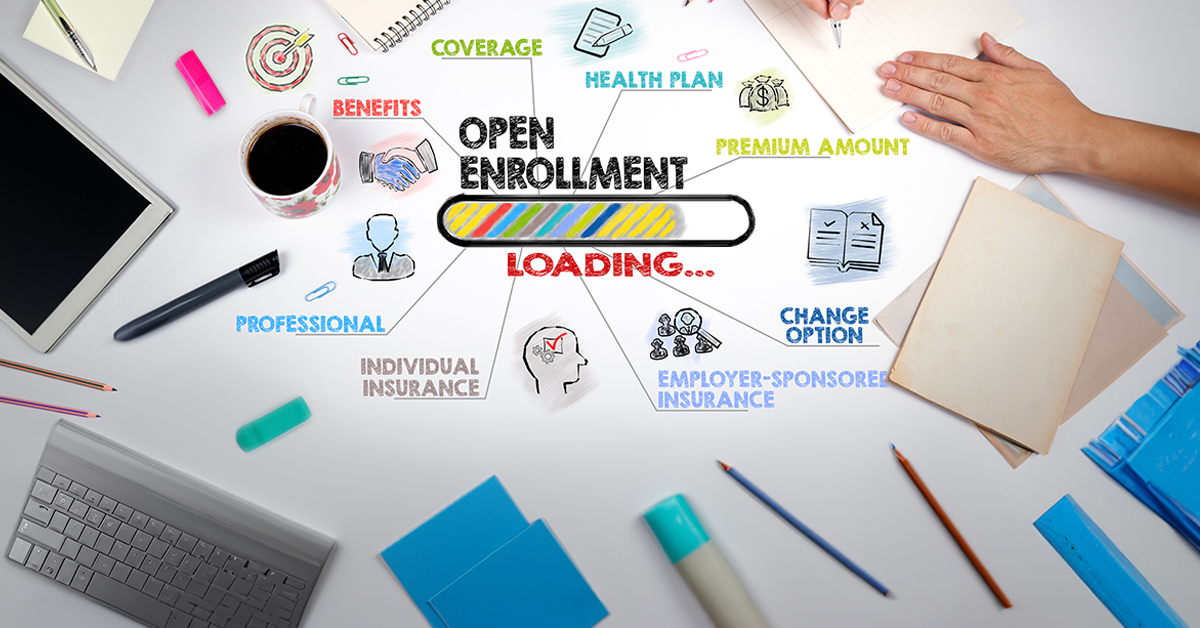Most companies already have benefits and programs that can help new parents (and parents-to-be) navigate the stressful, joyful, and maybe-not-so-restful journey of “family.” Some companies have more robust programs managed by a third party. All companies can help employees understand family-forming benefits by compiling them together in a New Parents’ Guide.
In a study by Maven Health, 30% of employees say they want financial support for building a family, including surrogacy, adoption, and fertility allowances. And 40% said their employer could do a better job supporting their family and reproductive health needs. These numbers could be improved through better HR communications about existing resources and programs in your company.
Read on to learn some tips. Then at the end, download our sample New Parents’ Guide.
What to Address in a New Parents’ Guide
Think through the process of starting and building a family…actions and considerations anyone would need to think about when planning for a new baby or child. Then, remember your diverse employee base and point out any benefits you offer that can help same-sex parents, gender-diverse parents, and those facing infertility issues.
Time away from work. Explain the options of paid and unpaid leave — maternity leave, short-term disability, parental leave, FMLA, etc. Include details on eligibility and where to find additional information. Make it clear if parental leave applies to all parents.
Support to build all families. If you offer support for adoption, surrogacy, tissue donation, or fostering, tell people about those programs and point them to resources for more information.
The Maven study shows that 41% of employees planning a family expect to need help with infertility treatments, or eventually adoption and surrogacy.
Fertility concerns. Promote the details of your medical plan’s infertility treatment coverage. If no diagnosis of infertility is needed, make it clear that this breaks down a barrier for single or same-sex parents.
Healthy pregnancy for new moms. Your company medical plan likely has a maternal support program you can highlight. But don’t forget parents-to-be who are not in that plan — point them to educational resources online. The pregnancy tab at health.gov/myhealthfinder has helpful information.
Returning to work. This can be an emotional, stressful time for parents. Remind them of the many resources available to ease the transition.
- Work-life resources — talk up your EAP that helps parents find pre-vetted child care options, create a budget, and more.
- Mental health support — promote free counseling sessions available to all family members, because a baby impacts your entire household.
- Breastfeeding policy — let new moms know the details (privacy, comfort, milk storage, etc.) and tell them where to find their location’s reserved space.
- Breast pump — make sure moms know that a breast pump is covered as preventive care at no cost.
Saving money on essentials and more. A new family member means new expenses, and parents are looking for ways to save money. Tell them if you have these opportunities:
- Dependent care FSA — you’ll need to clearly explain the tax advantages.
- Discount programs — often underused, now is a great time to promote discounts on everything from diapers and onesies to date night and spa days.
- Financial counseling — if your EAP offers free or discounted help with financial management, new parents need to know.
Planning for the future. Remind them of programs that can help them create a will, save for retirement, put money away for college, and more.
Don’t Forget a Checklist!
A checklist can include as much guidance as you want, or as little as is needed. But it’s essential to clarify a timeline for when parents need to:
- Notify their manager of planned leave.
- Add a dependent to medical insurance.
- Enroll in a DCFSA.
- Return to work.
- Submit a claim (for adoption or surrogacy).
It’s also helpful to add other to-do’s like find a pediatrician, start baby-proofing, get a breast pump, etc.
Getting the Word Out
Once your New Parents’ Guide is complete, you need a communications plan to get it in front of employees that need it. As with any communication, it’s not a “one-and-done” effort.
- Post it on your intranet and refer to it often.
- Host a webinar with your HR managers and go through the guide.
- Have those managers email the guide to employees known to be planning a family. If it’s feasible, a printed copy may also be a good idea.
- Create posters for various locations, with QR codes that link to the guide.
- Craft an email to employees between the ages of 23 and 40, and include a link to the guide. Better yet…send a postcard to employee homes, so others see it.
- Create quarterly posters that promote one aspect of the guide (fertility allowances, saving money as parents, adoption, and surrogacy, etc.)
In HR, we tend to forget that employees don’t know their benefits inside and out like we do. Overtired (and overjoyed) parents can use all the help they can get…and you have plenty to offer.
Follow us on LinkedIn for more insight, advice, communication samples, and more.
Download Our Sample New Parents’ Guide



